700 metres of hedgerows in Canterbury: results of 2023-2024 planting season
15 September 2024
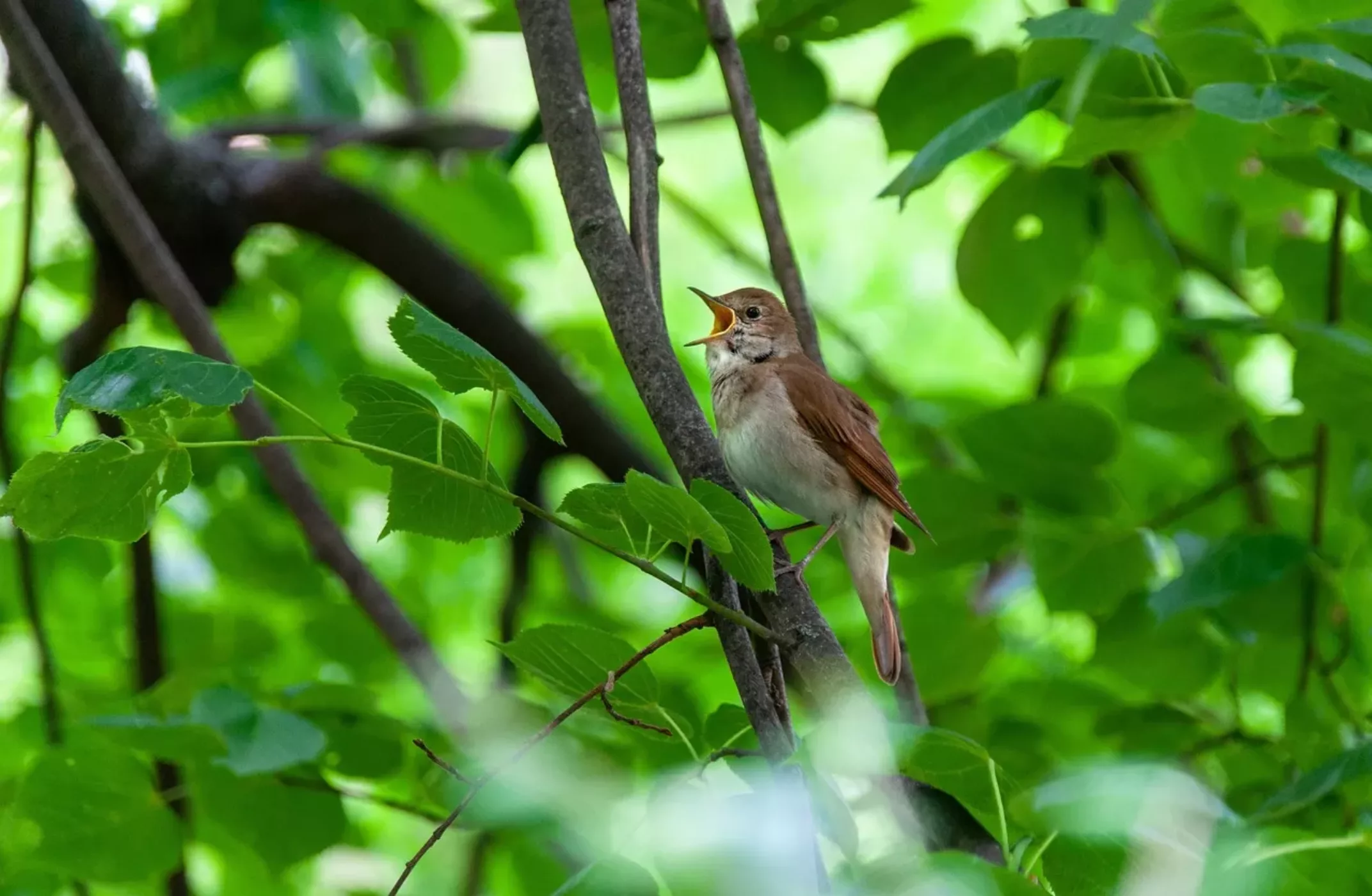
15 September 2024
Trees for All has planted 700 metres of hedgerows in the historic city of Canterbury, in England. A total of 2,000 trees and shrubs have been given a place on the school grounds of Junior King’s School. We planted them in partnership with forest management and consultancy Sylva Nova.
trees and shrubs
different species
planting season
The historic city of Canterbury, in England, is surrounded by various protected natural areas, like the Westbere Marshes and the Stodmarch National Nature Reserve. These forests and marshes are home to all sorts of rare plants and animals, including the sedge basket snail, which is an endangered species in England.
The areas are linked by the river Stour, which flows through Canterbury. Over the years, a lot of greenery has disappeared, due to urbanisation. And that has significant consequences. Not only is there less and less space for nature, but without trees and shrubs, the link between the natural areas is lost as well. The habitats for creatures such as beetles, crickets, mice and frogs becomes fragmented.
Our project is changing this situation. Along with forest management and consultancy Sylva Nova, we’ve planted 700 metres of hedgerows on the school grounds of Junior King’s School, thus increasing biodiversity along the river and providing greener surroundings for the pupils. And we couldn’t have done it without Hotels for Trees!
In the winter of 2023-2024, we planted a total of 2,000 trees and shrubs. These hedgerows were placed around the playing fields of Junior King’s School. Pupils and teachers rolled up their sleeves for the planting, along with Neil Dixon, Head of the Gardens. They planted the trees and shrubs 35 cm apart, which means nearly 286 plants per 100 metres. So that was quite a job!
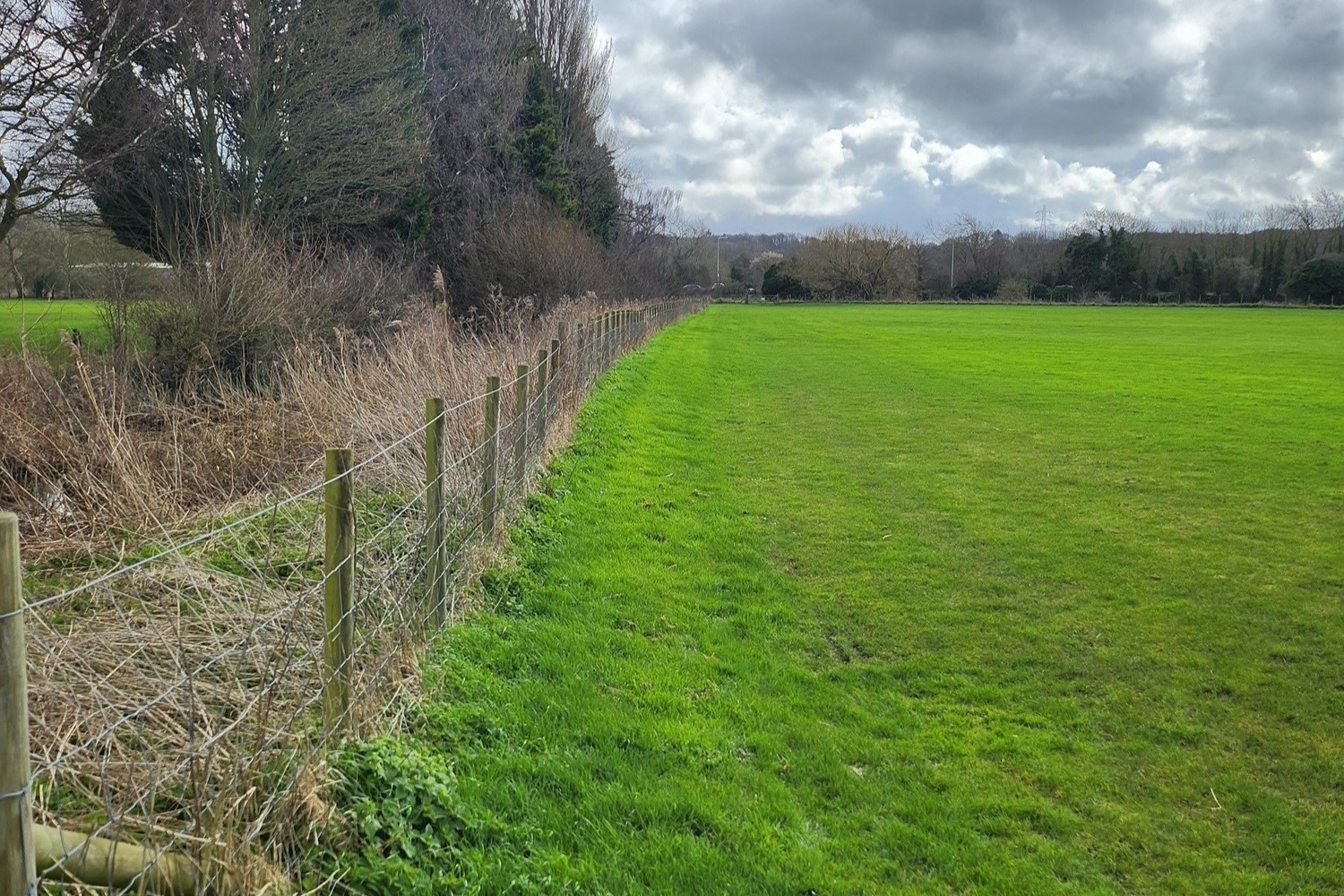
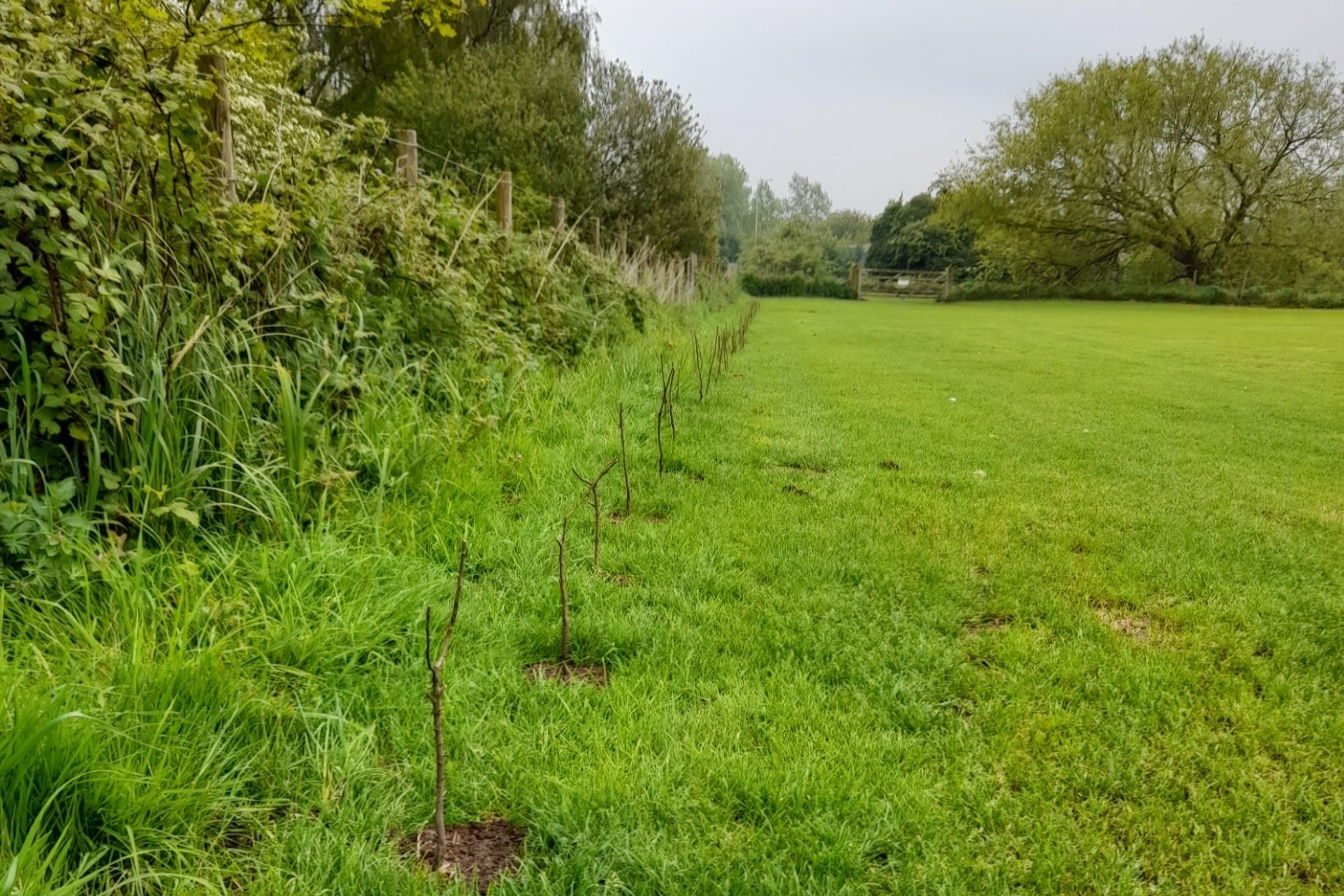
In this project, we chose for a variety of species: besides hawthorn, we also planted alder, hornbeam, beech, crab apple, bird cherry, blackthorn, dog rose, English oak, hazel and euonymus. These species of tree and shrub bear a lot of berries and blossom, which makes the hedgerow an important source of food for birds, insects and other small animals.
The hedgerow also provides protection. Birds like nightingales, reed buntings, robins and blackbirds will soon be able to nest again in the hedges. This means the project will contribute to more biodiversity in the surroundings.
When planting new forests, it’s normal that not all the trees survive. So we make agreements with our project partners beforehand about the percentage of loss we allow within a project. Usually, this percentage is between 5 and 15%. If the loss is higher, due to unforeseen circumstances, then new trees are planted in the following planting season. This is also known as refill. So together, we make sure the forest gets off to a good start!
After planting, the young trees and shrubs are very vulnerable during their initial years. To get them off to a good start, preventive measures have been taken. For instance, there are many hares and rabbits in the area, which enjoy gnawing at saplings. So at some locations, we have erected plant tubes to protect the new plants against gnawing. When the young trees are big and strong enough, the tubes can be removed.
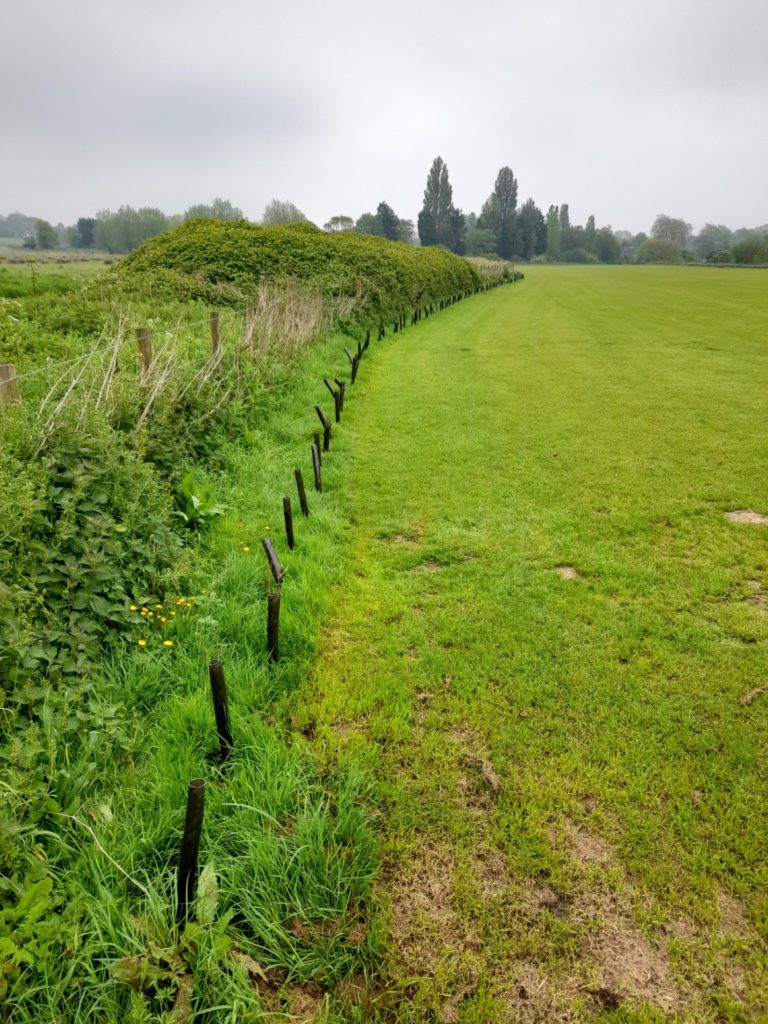
By planting the new hedgerow, we are creating a ‘green-blue corridor’: an interconnection of water, trees and plants. The hedgerow forms a physical barrier between the school’s playing fields and the River Stour, which means that wildlife can move more easily between the protected natural areas along the river.
In addition, a large area opposite the railway line is being redeveloped. Our green boundary will keep the new houses out of sight of the school and the pupils can enjoy a green view. The hedge will also keep the wind off, so it doesn’t interfere with the pupils’ sports activities.
And of course the trees and hedges contribute to a better climate. They sequester carbon and capture nitrogen and particulates. So the project has a positive impact not only on the local biodiversity, but also on the living conditions of the pupils and residents of Canterbury.
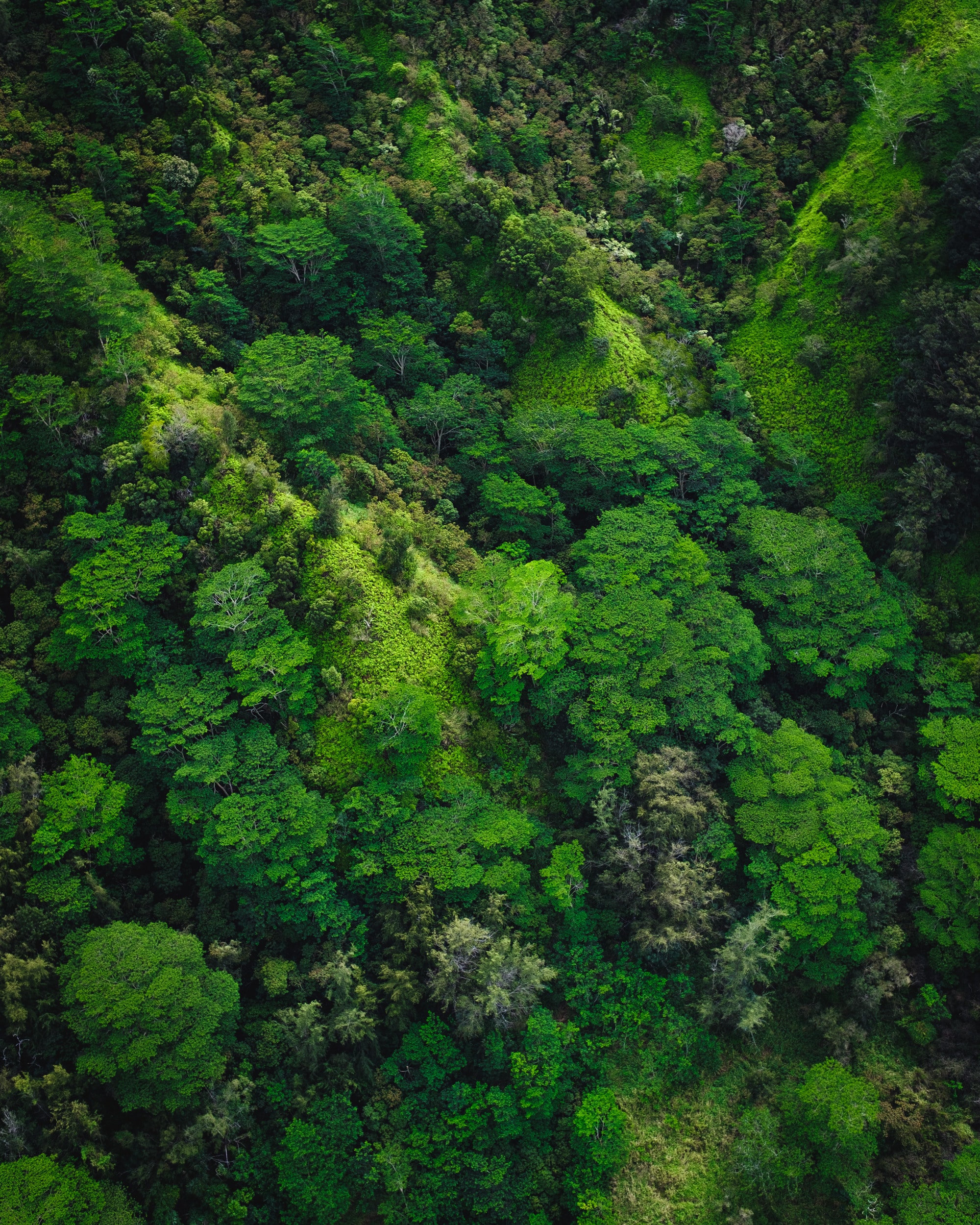
Without the support of our donors, this project would not have been possible. Together, we have made the world a little greener again. See you next planting season!